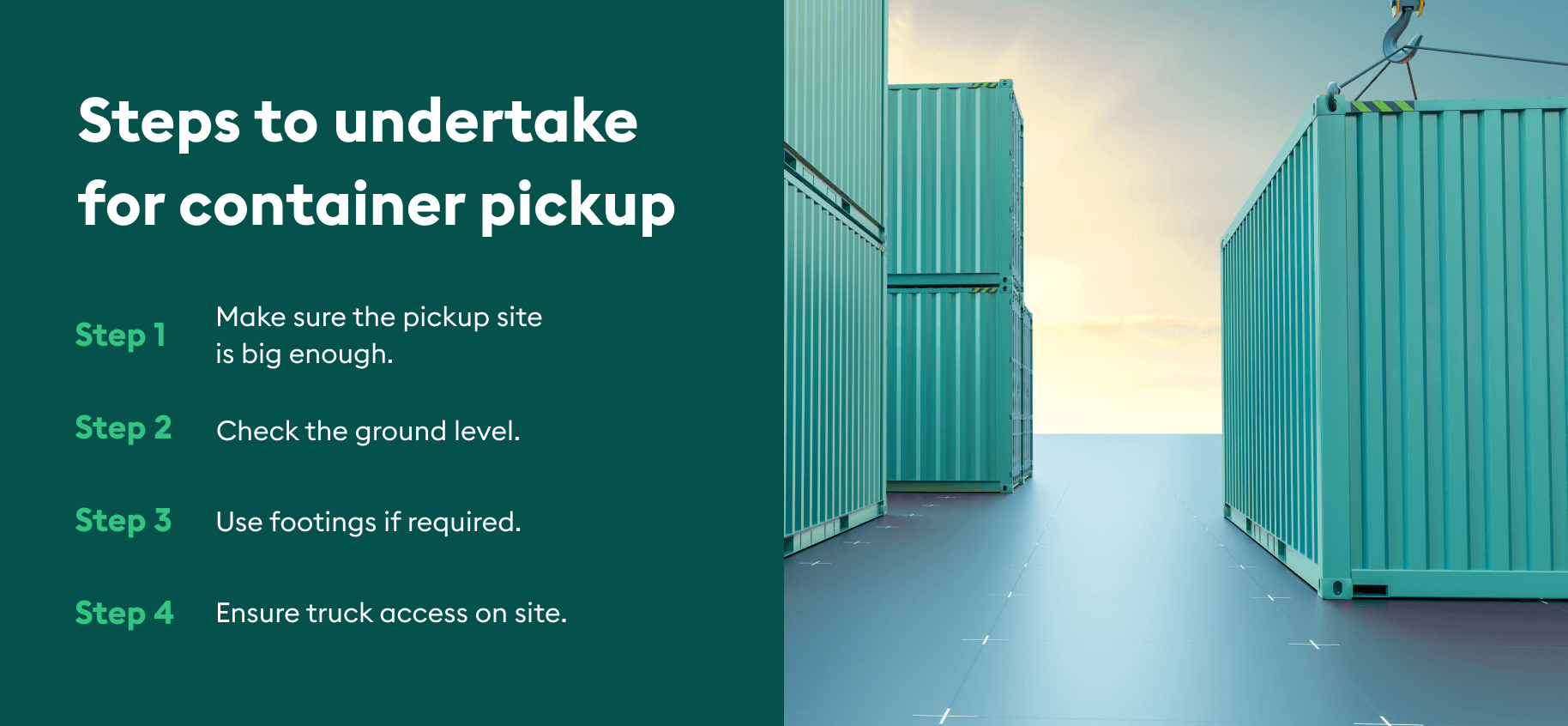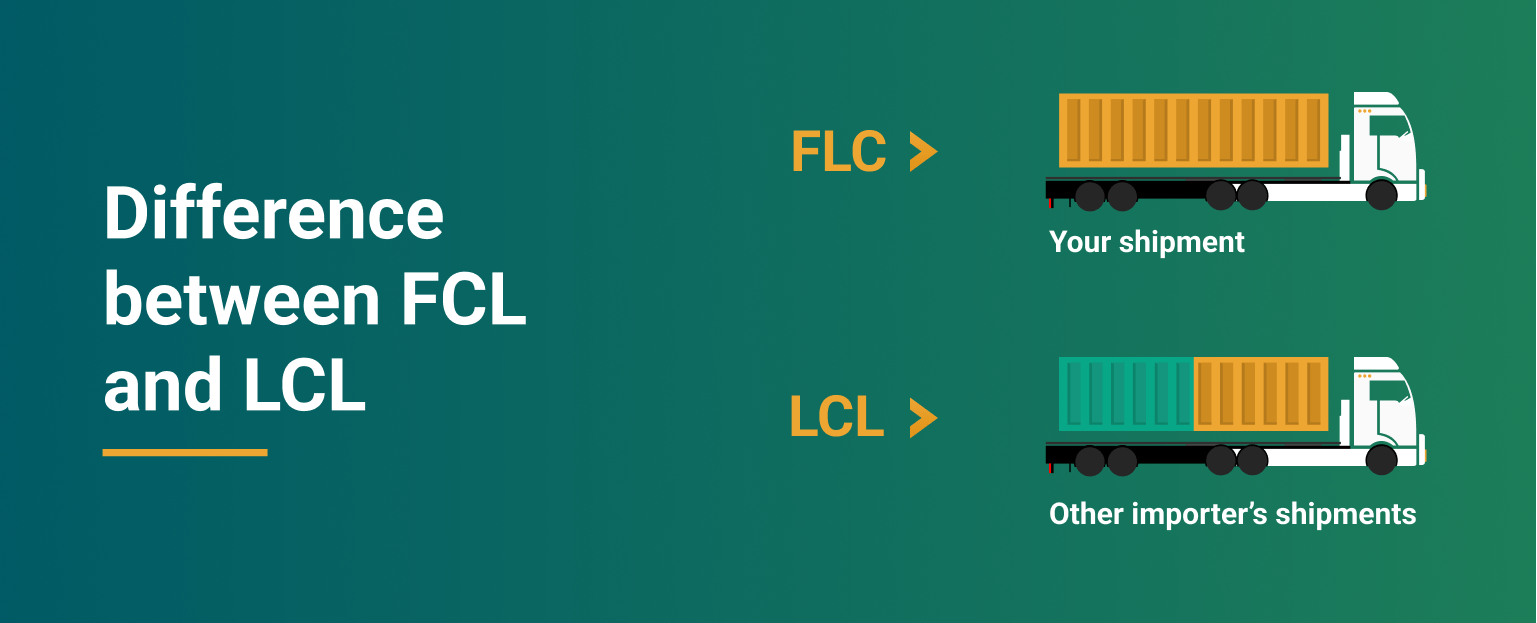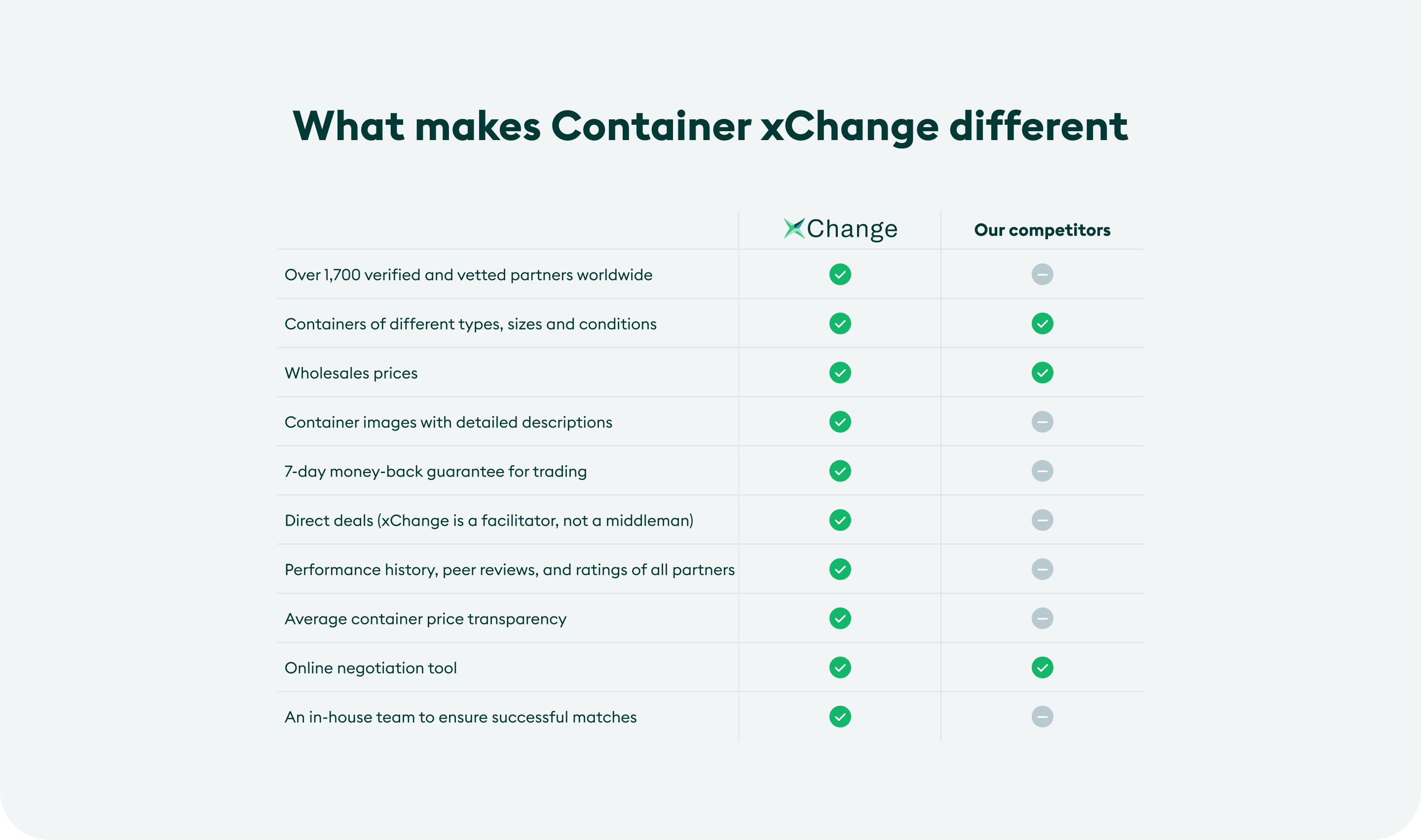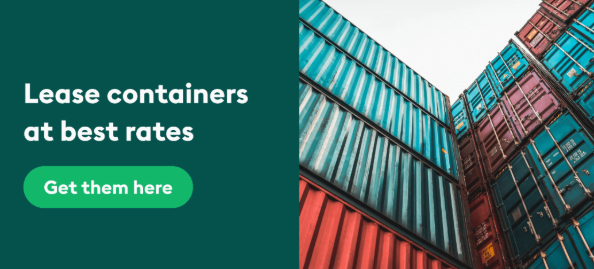Interested to know what the process of container pick up from port involves? This blog will guide you step by step and help you understand how to save on port surcharges.
A container pick up happens when your empty containers are fetched from the destination port by a truck and taken to the next warehouse to be loaded with cargo for a new journey.
To keep this process running smoothly and avoid delays, you need to track when your containers are ready for pick up. Otherwise, your empty units will sit in the port collecting pick up charges.
With Container xChange—the largest global online container marketplace—you can keep track of your containers in near-real time and organize pick ups quickly and efficiently. Keep reading to learn more.
And if you want to lease units one-way from vetted suppliers at negotiable rates, use our public search below to browse 100,000+ container offers in 2,500+ locations around the world now.
0 results found on the platform.
Containers sell for up to 0/unit.
Container prices start from 0/unit.
Currently no match for your search
Change your search criteria or fill out the form below to get notified via email when there is a new match for you on xChange!
Showing 0 of 0 results
Load more()
YOM:
Year of manufacture:
per container
$
How to pick up a container from a port?
Organizing a container pick up from a port requires planning and preparation. Here are the most important steps you’ll need to follow:

- Organize your documents: Make sure you have all of your documentation ready. This includes the bill of lading, container number, and customs clearance papers. Plus, any permits or licenses required for the cargo.
- Gather port information: Find out which terminal the container is at and the operating hours of the port.
- Arrange suitable transport: This could be a trailer or truck, depending on the container type and size.
- Container inspection: Once the container has been unloaded from the ship, inspect it for any damages. Check for holes, leaks, or major dents in the walls, floor, and ceiling.
- Loading the container: When paperwork has been completed, the container needs to be safely loaded onto the vehicle. This may require special loading equipment.
- Have customs documents ready: Keep customs documents on hand. Otherwise, you could face problems when trying to get your containers out of the port.
Now let’s learn about the two types of container loads: Full Container Load (FCL) and Less than Container LoadWhat is less than container load? Less than container load (less than container load, LCL) is a shipping term that refers to the delivery of cargo in smaller quantities than a full container load. A f... More (LCLWhat is less than container load? Less than container load (less than container load, LCL) is a shipping term that refers to the delivery of cargo in smaller quantities than a full container load. A f... More).
2 types of container loads: FCL vs LCLWhat is less than container load? Less than container load (less than container load, LCL) is a shipping term that refers to the delivery of cargo in smaller quantities than a full container load. A f... More
The two types of cargo loads you need to keep in mind when organizing container pick-ups are:
- Full container load (FCL): The container is fully loaded with only your cargo.
- Less than container loadWhat is less than container load? Less than container load (less than container load, LCL) is a shipping term that refers to the delivery of cargo in smaller quantities than a full container load. A f... More (LCLWhat is less than container load? Less than container load (less than container load, LCL) is a shipping term that refers to the delivery of cargo in smaller quantities than a full container load. A f... More): In cases where your cargo doesn’t fill an entire container, you can share a unit with other shippers.

How long does a container pick up from port take?
How long a container takes to be picked up will depend on whether it’s LCLWhat is less than container load? Less than container load (less than container load, LCL) is a shipping term that refers to the delivery of cargo in smaller quantities than a full container load. A f... More or FCL.
In general, LCLWhat is less than container load? Less than container load (less than container load, LCL) is a shipping term that refers to the delivery of cargo in smaller quantities than a full container load. A f... More takes about 8 days to be picked up. Unloading LCLWhat is less than container load? Less than container load (less than container load, LCL) is a shipping term that refers to the delivery of cargo in smaller quantities than a full container load. A f... More can take up to 1-3 business days depending on the volume of shipments, crew levels, and port congestion.
After 1-3 days the container will be unloaded and delivered to the container yard of the destination port, where it will be marked as ‘ready for pick up.
FCL cargo, on the other hand, takes no more than 3 days to be ready. This is because it doesn’t need to be deconsolidated and reconsolidated like LCLWhat is less than container load? Less than container load (less than container load, LCL) is a shipping term that refers to the delivery of cargo in smaller quantities than a full container load. A f... More, and fewer parties handle the cargo as it travels from point A to B.
Monitor your container pick up from port in 4 simple steps
Keeping an eye on your containers and their movements is quick and easy with xChange Tracking. Here you can:
- Monitor your units in near-real time.
- Get a global view of your entire container fleet and hone in on specific units, locations, partners or contracts.
- Receive ETAsWhat is estimated time of arrival? Estimated time of arrival, commonly known as ETA, is a frequently used term globally to denote the time of coming. In the shipping & logistics industry, it is ... More, delay warnings and rollover notifications, and share these with partners in seconds.
- Preempt delays and plan accordingly to avoid disruptions and follow-up costs.
How to avoid pick up charges on containers?
By leasing SOCs (Shipper Owned Containers) one-way on xChange, you can avoid paying hefty port charges like demurrage and detention.
Leasing SOCs on our platform gives you the freedom to choose the exact location that suits you, as well as negotiate rates, per diems and pick up charges that work for your budget. You simply lease the container one-way, and once your cargo arrives at the port and is unloaded, the container is no longer your concern.
Here are some more benefits you’ll get to enjoy as an exchange member:
So, what are you waiting for? Click on the banner below to lease one-way containers at budget-friendly rates, avoid extra port charges and save money for your business with us.
Container pick up from port: Common FAQs
How to pick up LCL from port?
To pick up LCLWhat is less than container load? Less than container load (less than container load, LCL) is a shipping term that refers to the delivery of cargo in smaller quantities than a full container load. A f... More cargo, make sure you have all required documents. This includes the Bill of Lading, customs clearance, and payment receipts. Coordinate with the freight forwarder or port authority to schedule a pickup, and arrange transportation to your destination.
How are shipping containers picked up?
Shipping containers are picked up using specialized equipment like cranes, reach stackers, or forklifts, depending on the port facilities. Once cleared through customs, they’re loaded onto trucks, rail, or other transport modes for delivery.
What happens when a container arrives at port?
When a container arrives at the port, it is unloaded from the vessel and placed in the yard for inspection and customs clearance. After clearance, it is either picked up by the consigneeWhat is a consignee? When transporting freight (by ocean, air, or land), there are two parties involved — one who is shipping and the other who is receiving the freight. The recipient of the goods b... More or forwarded to its final destination.





